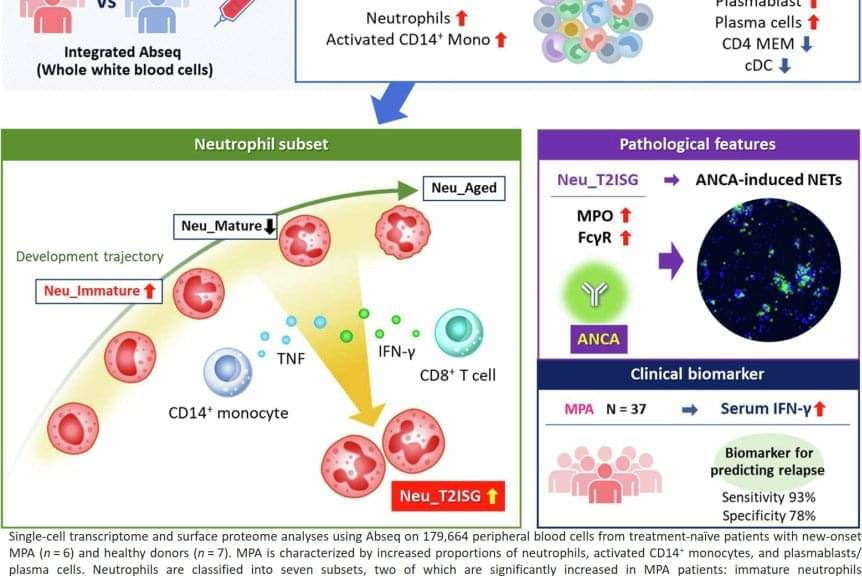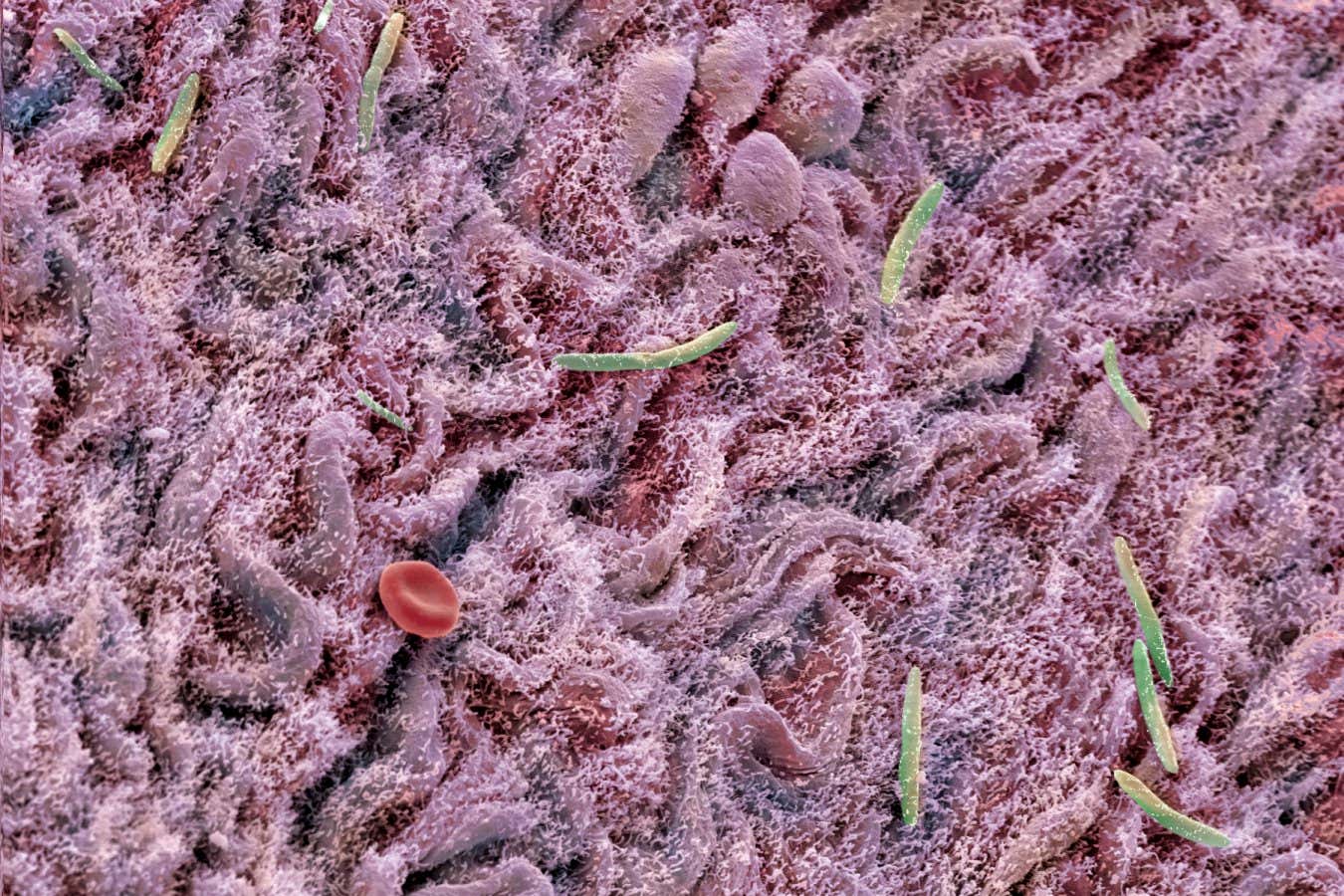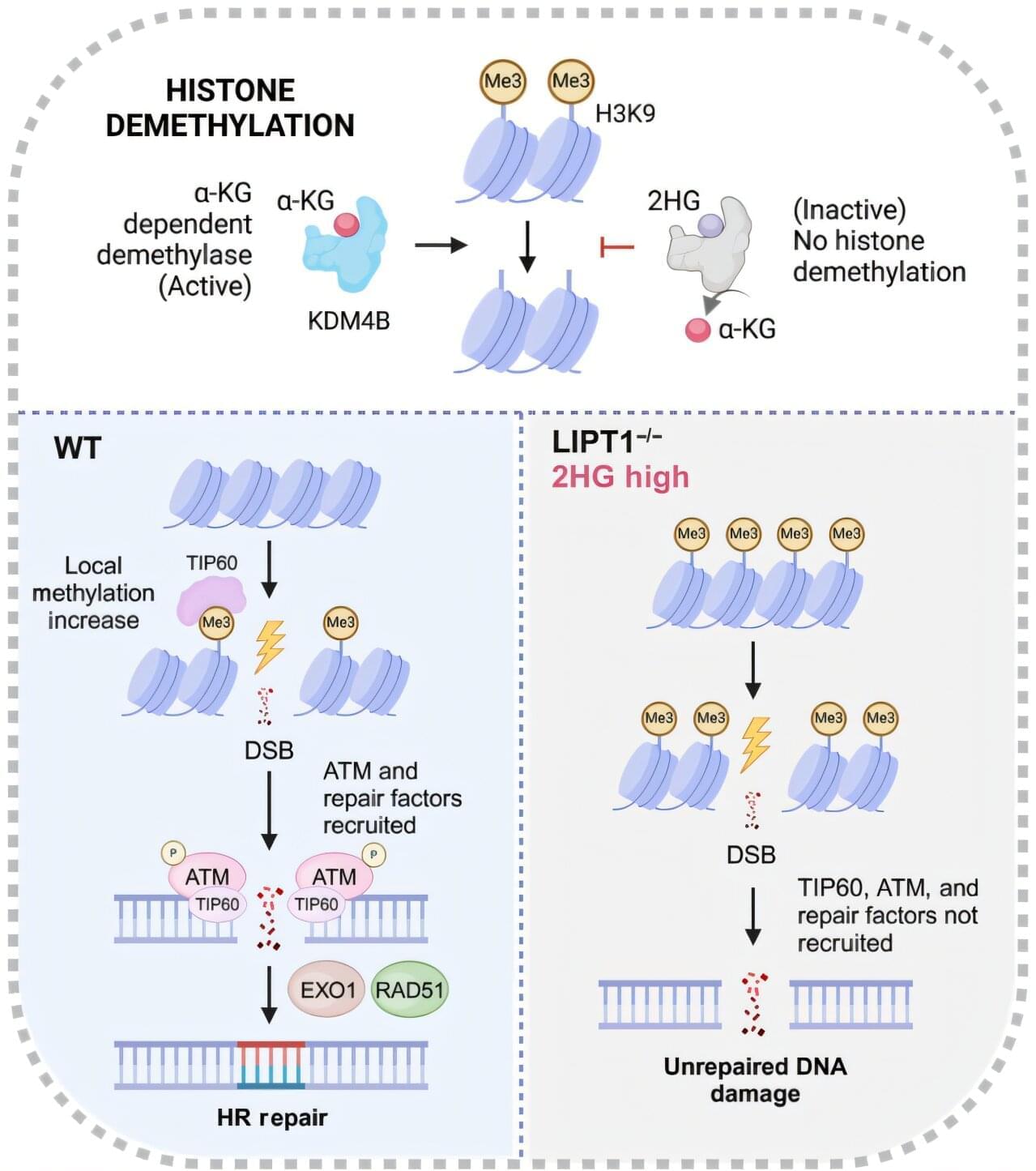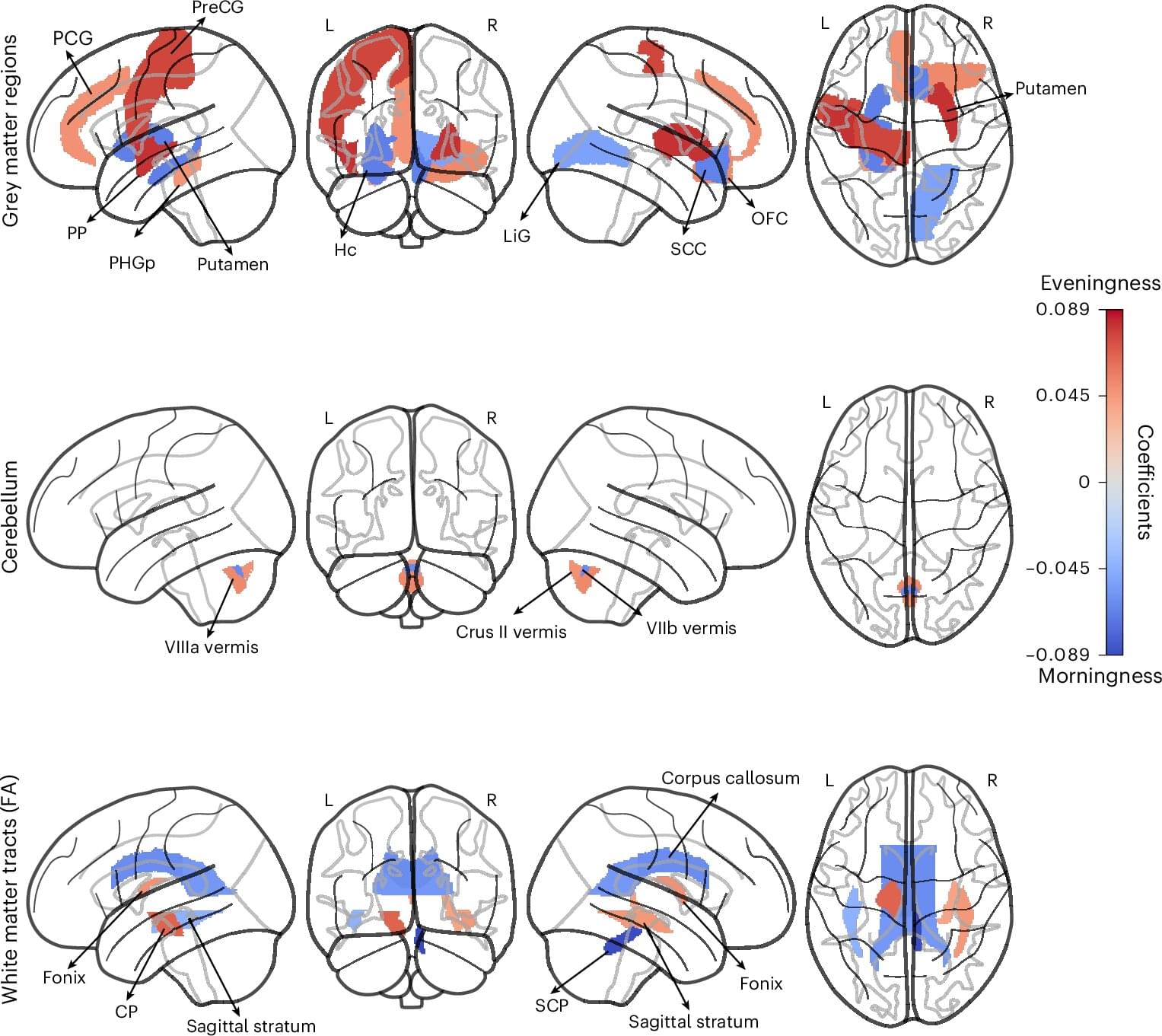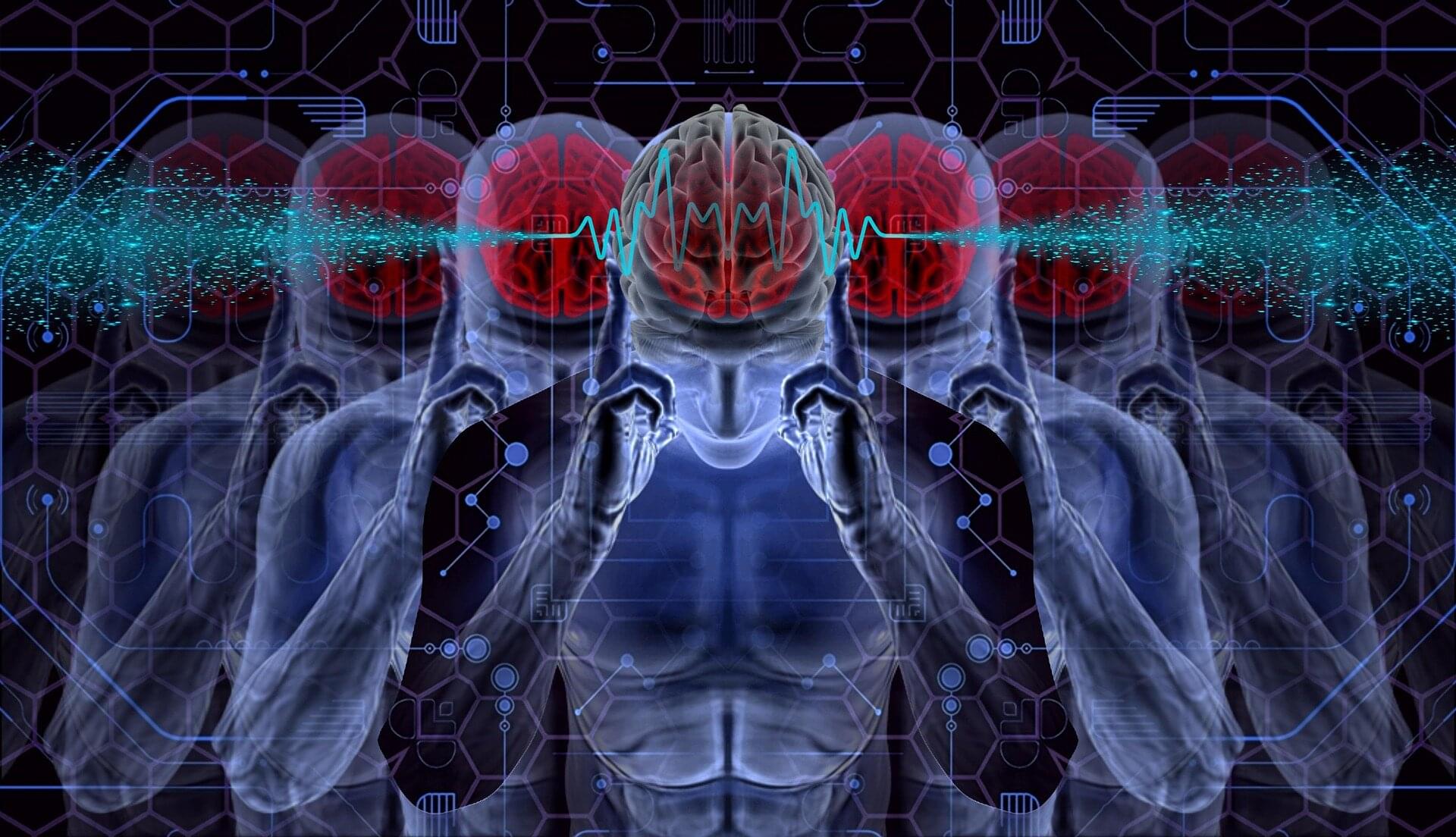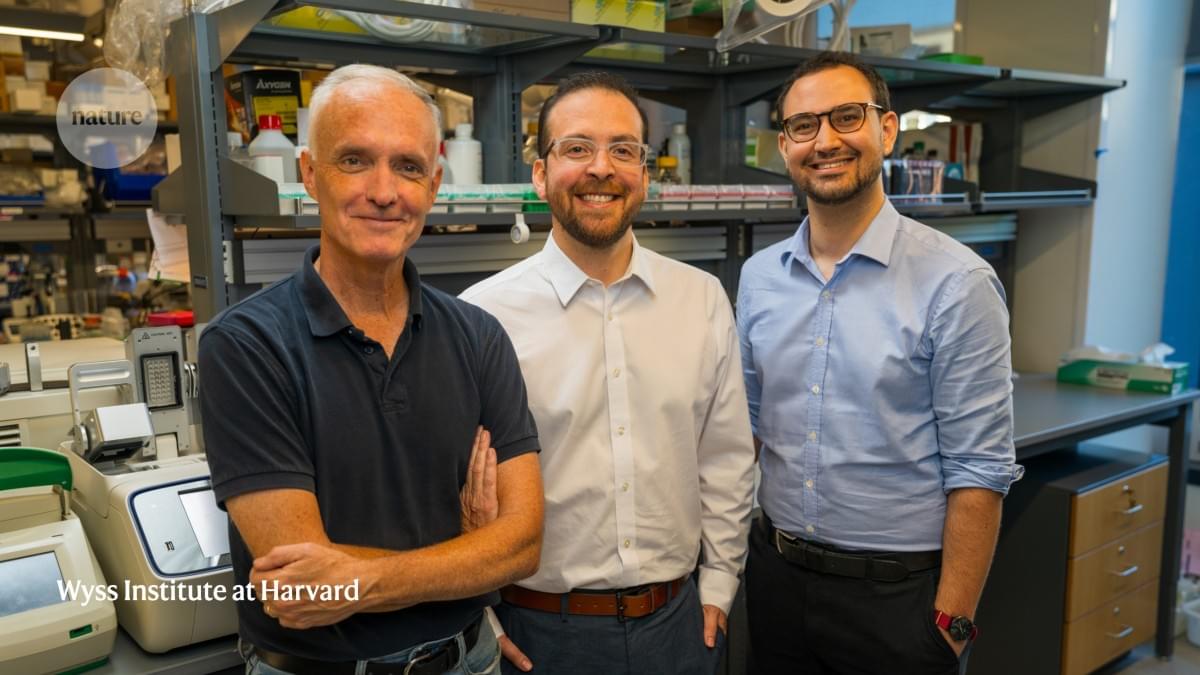Neutrophils, one of the immune system warriors that were thought to be all the same, turn out to be diverse. Unfortunately, these cells are also active in autoimmune diseases. New research has found that a certain subpopulation of these white blood cells can predict disease relapse at an early stage, which may enable improved personalized treatment.
In a study published in Nature Communications, a multi-institutional research team investigated which cell types dominate the blood of patients at the early stage of anti-neutrophil cytoplasmic antibody (ANCA)-associated vasculitis, which is caused by inflammation in the blood vessels and can disrupt organ function.
“Figuring out the mechanism of this disease, which is poorly understood, will help us understand autoimmune dysregulation in neutrophils. This could aid in the development of new drugs tailored for each patient,” says the lead author of the study. “Because we want to understand the dynamics of neutrophil behavior at the cell level in the early stages of the disease, for this study we recruited new patients that had not yet been treated.”
